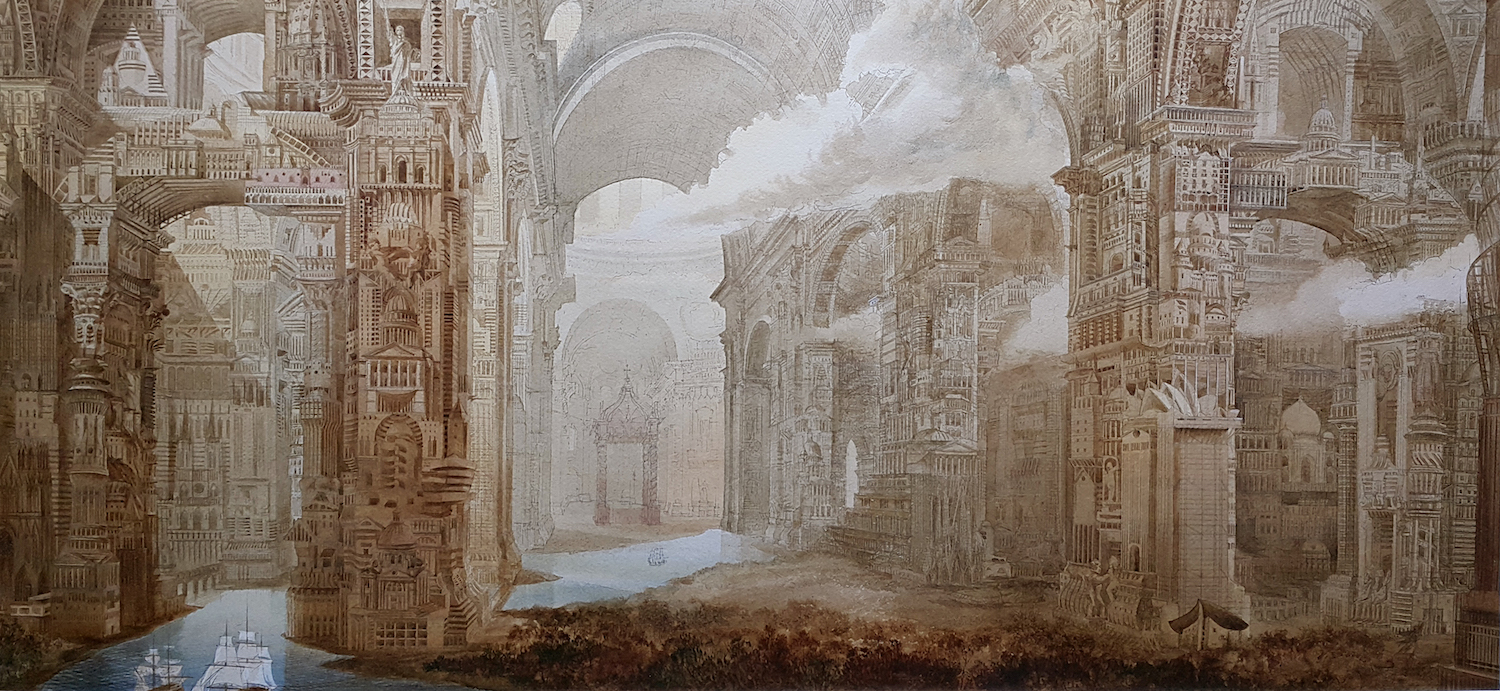After witnessing a ritual human sacrifice, Hernán Cortés wrote that it was “horrible, and abominable, and deserving punishment.” According to the Spanish, during these rituals, which were performed on women, children and nobles alike, a priest cut out the still-living subjects’ hearts and entrails, and burned and sometimes consumed their flesh.
In 1521, after Cortés and his men conquered Tenochtitlán, much of Templo Mayor was deconstructed, and the volcanic rock was used to build a church, for which Cortés himself is said to have laid the first stone. This church would eventually become Mexico City’s main cathedral.
Built upon the ruins of the old temple, the Metropolitan Cathedral was commissioned in 1573 and took 240 years to complete. (Notre Dame was constructed in a little over 180 years.) It contains sixteen chapels and five altars. The cathedral’s crypt holds the remains of the church’s archbishops, including Juan de Zumárraga, the first bishop of Mexico and one-time “Protector of the Indians,” a Spanish title given to administrators tasked with representing the native people in colonized territories. He founded a school for indigenous youths, and is said to have been the bishop who received Juan Diego after the Virgin of Guadalupe revealed herself to him.
Because of its construction on top of pre-Hispanic structures—which were themselves built on soft ground—the Metropolitan Cathedral, as well as other buildings in the city center, is sinking and has been for centuries. The gradual compression of the ground below gives many older buildings in Mexico City’s city center a characteristic lean. As underground aquifers continue to deplete due to the swelling population’s use of water, the sinking has only worsened (although it has been somewhat stabilized by construction that began in the 1990s).


